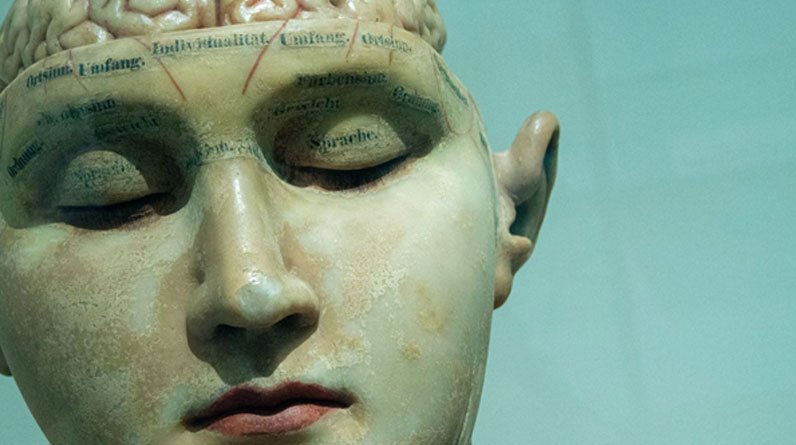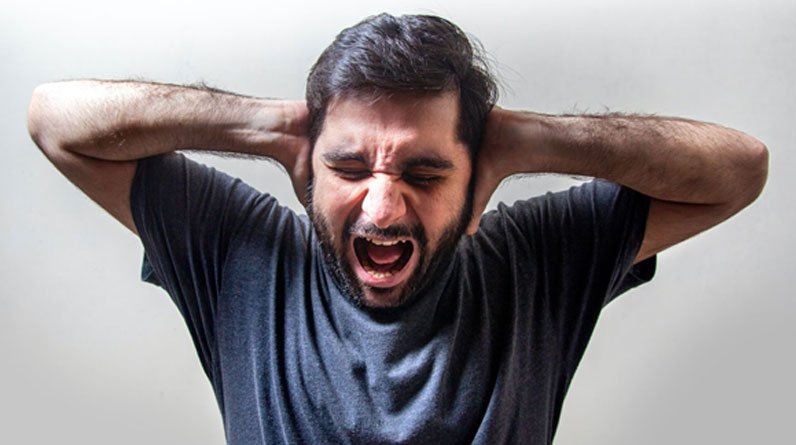
Vertigo
Vertigo is common in people over 65, but it can happen at any age. Described as a sense of spinning dizziness, vertigo can also happen during pregnancy or due to an ear infection. As you can see, vertigo isn’t a disorder in its own right but rather a symptom of various separate ailments.
When you experience vertigo, it will feel as if everything surrounding you is circling around you. It is often mistakenly used to describe a fear of heights. Although you can get vertigo when you look down from a great height, it isn’t properly correlated with this phobia. Instead, it happens due to inner ear problems or other issues inside the brain.
As mentioned, it is not an illness – it is a symptom.
Let’s learn more about vertigo.
What Causes Vertigo?
The most common reasons for vertigo are:
Benign paroxysmal positional vertigo (BPPV): This type of vertigo is very intense but luckily lasts only for a short time. Episodes are triggered by a swift change in head movement. Whiplash or a blow to the head can cause BPPV.
Inner Ear Infection: When the vestibular nerve is affected by inflammation, you will experience intense vertigo that will continue as long as the inflammation persists.
Meniere’s disease: This is presumed to be caused by an excessive fluid build-up in the inner ear and can result in abrupt episodes of vertigo.
Migraine: This type of vertigo can last from a minute to several hours.
It’s worth noting that although stress doesn’t cause vertigo, it can worsen the symptoms.
Types of Vertigo
Two types of vertigo are often described: peripheral vertigo and central vertigo.
Peripheral vertigo happens due to problems with the inner ear or vestibular nerve that connects the inner ear with the brain.
Central vertigo describes a central problem which originates directly from the brain. A stroke, infection, brain injury, tumor, or multiple sclerosis can cause this kind of vertigo.
How to Diagnose Vertigo
At the doctor visit, a medical history and physical exam will be performed to ascertain if you have vertigo. Clinical tests and observations may also be used to diagnose vertigo. One such test is the Dix-Hallpike maneuver, where you will go from sitting to lying down quickly. The development of nystagmus or shifting eye movements will indicate a positive sign.
At times, your doctor may request additional tests be done. These usually include tests of the auditory and vestibular systems.
Vertigo Symptoms
Patients often describe vertigo as a spinning sensation, but more extreme symptoms include:
- Nausea
- Vomiting
- Sweating
How to Treat Vertigo
Treatment is determined based of the specific cause of the vertigo. There are certain medications available to relieve the symptoms. Meclizine is a good example of a medication used for vertigo. Although it’s an antihistamine, it has proven effective in treating vertigo.
Apart from medication, there are some exercises you can do to treat the problem. These exercises involve marching in place or freezing in a position for a set time.
Similar exercises are used in vestibular rehabilitation therapy (VRT)—another viable treatment for vertigo.
VRT makes use of three principal methods:
- Habituation to improve dizziness.
- Gaze stabilization to improve control of eye movement.
- Balance training to improve steadiness.
Of course, you should never attempt any of these exercises alone if you have a severe form of vertigo or you may injure yourself.
However, if you have mild vertigo, doctors may recommend you do the Brandt-Daroff exercise at home. It’s a simple and safe way to treat vertigo.
- Sit on a flat surface where your legs can dangle in the air and there’s space for you to lie the upper part of your body down.
- Turn your head to the left as far as you can, then tilt it and rest it on your right shoulder. Proceed to lay down on your right side without moving your legs. Stay there for 30 seconds.
- Sit back up and move your head back to the center.
- Repeat the exercise on the other side.
Do this in a set of five and repeat three times a day, two times a week.
Final Thoughts
Vertigo, even though described as spinning dizziness, isn’t the same as simple dizziness. Dizziness is often interpreted as feeling faint or wobbly on your feet, whereas vertigo is a sense that your surroundings are spinning.
If you have mild symptoms, you’ll be able to treat vertigo at home with a combination of over-the-counter medication and some exercises. However, it is important to investigate the underlying condition that causes vertigo.
Luckily, vertigo is usually easily diagnosed and treated by your physician. If the vertigo is more complicated, you may need to be referred to an ear, nose, and throat specialist or a neurologist.





